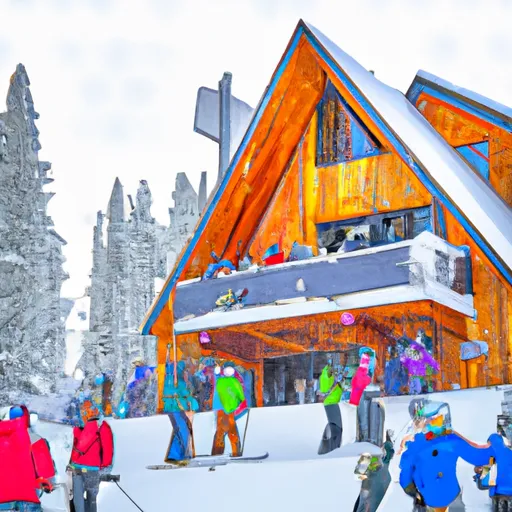IDAHO SNOW REPORT
Last Updated: January 10, 2026
Snowpack levels across the state are currently 87% of normal. The deepest snowpack in Idaho was last observed at Wildhorse Divide with a snowpack depth of 149”, about 100% of normal when compared to it's 149" average depth for this time of year. Idaho's current snow report highlights a tranquil period with no new significant snowfall or snow-related events. Snowpack depths across the state vary, with the highest recorded at 86 inches at Deadwood Summit and no immediate snowfall forecasted. Outdoor enthusiasts should exercise caution due to a stable yet varied snowpack.
Idaho Snowpack Map
Explore real-time snowpack depths across Idaho.
Winter Storm Warnings
January 10 2026
Residents of south central and southwest Idaho are under an Air Stagnation Advisory until January 15, as reported by NWS Boise ID. An inversion near the surface is causing extended periods of stagnant air, with light winds and little vertical mixing, trapping pollutants and potentially exacerbating respiratory problems. Communities in these regions, including major cities such as Boise, Twin Falls, and Nampa, should be aware of the poor air quality and take precautions, especially those with existing respiratory issues. It's advisable to limit outdoor activities and follow any guidelines issued by health authorities to minimize health risks.
Avalanche Conditions
Idaho Ski Area Forecast
Next 5 Days
-
 Bald Mountain (Not Sun Valley)
1"
Bald Mountain (Not Sun Valley)
1"
-
 Bogus Basin
1"
Bogus Basin
1"
-
 Brundage Mountain Resort
1"
Brundage Mountain Resort
1"
-
 Cottonwood Butte
1"
Cottonwood Butte
1"
-
 Kelly Canyon Ski Area
1"
Kelly Canyon Ski Area
1"
-
 Little Ski Hill
1"
Little Ski Hill
1"
-
 Lookout Pass
6"
Lookout Pass
6"
-
 Lost Trail
1"
Lost Trail
1"
-
 Lost Trail Powder Mountain
1"
Lost Trail Powder Mountain
1"
-
 Mount Pandora
1"
Mount Pandora
1"
-
 Pebble Creek Ski Area
1"
Pebble Creek Ski Area
1"
-
 Pomerelle Ski Area
1"
Pomerelle Ski Area
1"
-
 Schweitzer Mountain Resort
15"
Schweitzer Mountain Resort
15"
-
 Silver Mountain Resort
8"
Silver Mountain Resort
8"
-
 Snowhaven Ski Area
1"
Snowhaven Ski Area
1"
-
 Soldier Mountain
1"
Soldier Mountain
1"
-
 Sun Valley
1"
Sun Valley
1"
-
 Sun Valley - Bald Mountain
1"
Sun Valley - Bald Mountain
1"
-
 Sun Valley - Dollar Mountain
1"
Sun Valley - Dollar Mountain
1"
-
 Tamarack Resort
1"
Tamarack Resort
1"
Idaho Snow Report FAQs
How often is this report updated?
Daily from SNOTEL and NOAA sources.
What are snowpack levels in Idaho like right now?
Snowpack levels across Idaho are approximately 87.0% of normal compared to previous years.
Where is it coldest in Idaho right now?
White Elephant is experiencing frigid temperatures of 21°.
Where in Idaho will get the most snowfall this week?
Hidden Lake is expected to receive up to 2" of more snowfall over the next 5 days.
Where is the most snow in Idaho today?
Currently at Wildhorse Divide with 149".
